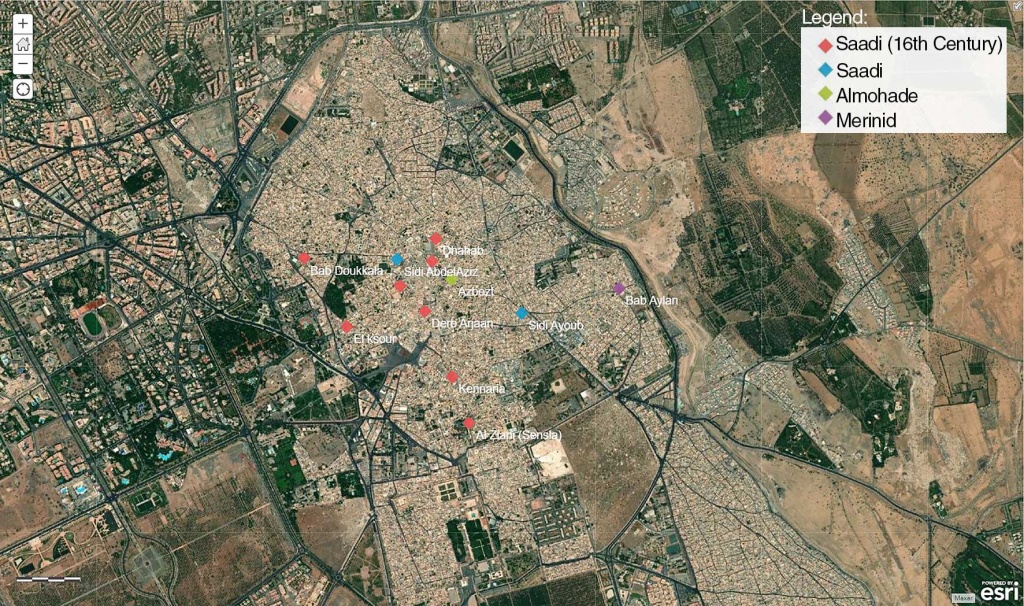Accelerating the uptake of low carbon technologies and ecological practices at a time of crisis.
Eco-hammam asks if the hammam sector in Morocco could benefit from the systematic engagement of multiple stakeholders and their coordinated collaboration, for accelerating the uptake of low carbon technologies and ecological practices at a time of crisis.
Breaking News!
The AHRC funded a new follow-on project running in 2021/2022 titled “HBIM Interactive Platform for Social Inclusivity in the Rehabilitation of Heritage Hammams and the Development of Creative Design Economy in Marrakech”

Heritage hammams in the Maghreb historic cities continue to be an important living heritage in the 21st Century Hammams, contributing to social sustainability by providing a much-needed affordable facility for the hygiene and wellbeing of economically disadvantaged people. In Morocco new hammams are part of the cluster of key urban facilities introduced in every new residential neighbourhood, in accordance with local planning regulations. Here, the multi-generational reproduction of the collective bathing ritual, beyond the purification ritual, means that the spatial practice of the hammam can contribute to build and strengthen social and cultural capital and continue supporting the physical and mental health of men and women.
This project is the continuation of “Eco-hammam”, which has engaged many hammam stakeholders through 6 virtual forum in 2020-2021. This shed light on the fact that none of the heritage hammams of Marrakech have been rehabilitated so far. Excessive gentrification in the heritage urban fabric of Marrakech brought about by mass tourism has led to the transformation of some of the heritage hammams into spas . Although Marrakech is inscribed on the UNESCO World heritage list, the tangible and intangible heritage of its hammams is in danger of disappearance. This project therefore aims to develop the first ever Hammam HBIM (Heritage Building Information Modelling) Library and a web-based interactive platform to facilitate inclusive, collaborative multi-stakeholder conservation and rehabilitation decision making based on authentic features of Marrakech hammams. The HBIM will also provide a tool for the development of creative contemporary designs and can be scaled up to other heritage cities.
The following objectives are in the pipeline:
- Produce 3D point cloud models from metric pictures with reference to CAD drawings of existing conditions for the 16 heritage hammam buildings.
- Extract key values, semantic details and specific features for the heritage hammams in Marrakech according to the different historical eras in collaboration with project partners to identify the iconic and recurrent features.
- Identify the ontological rules and hidden principles for the HBIM specification of the typological characteristics of the hammams’ structural components, spatial urban and architectural configurations, architectural details.
- Develop an HBIM catalogue for the building components of the Marrakech heritage hammam structures, which will form the basis for an HBIM resource for the recording of a representative sample of 16 case studies.
- Build a web-based online interactive HBIM platform for easy collaborative access by different stakeholders to use, reuse and evaluate, taking into account the demands for using BIM protocols in the Rehabilitation of Heritage Hammams as well as contemporary design projects.
- Test the web-based interactive HBIM platform (including the HBIM catalogue of heritage hammams) with the stakeholders to finalise the Hammam HBIM platform and make it available to all stakeholders to increase the visibility of the heritage hammams of Marrakech

